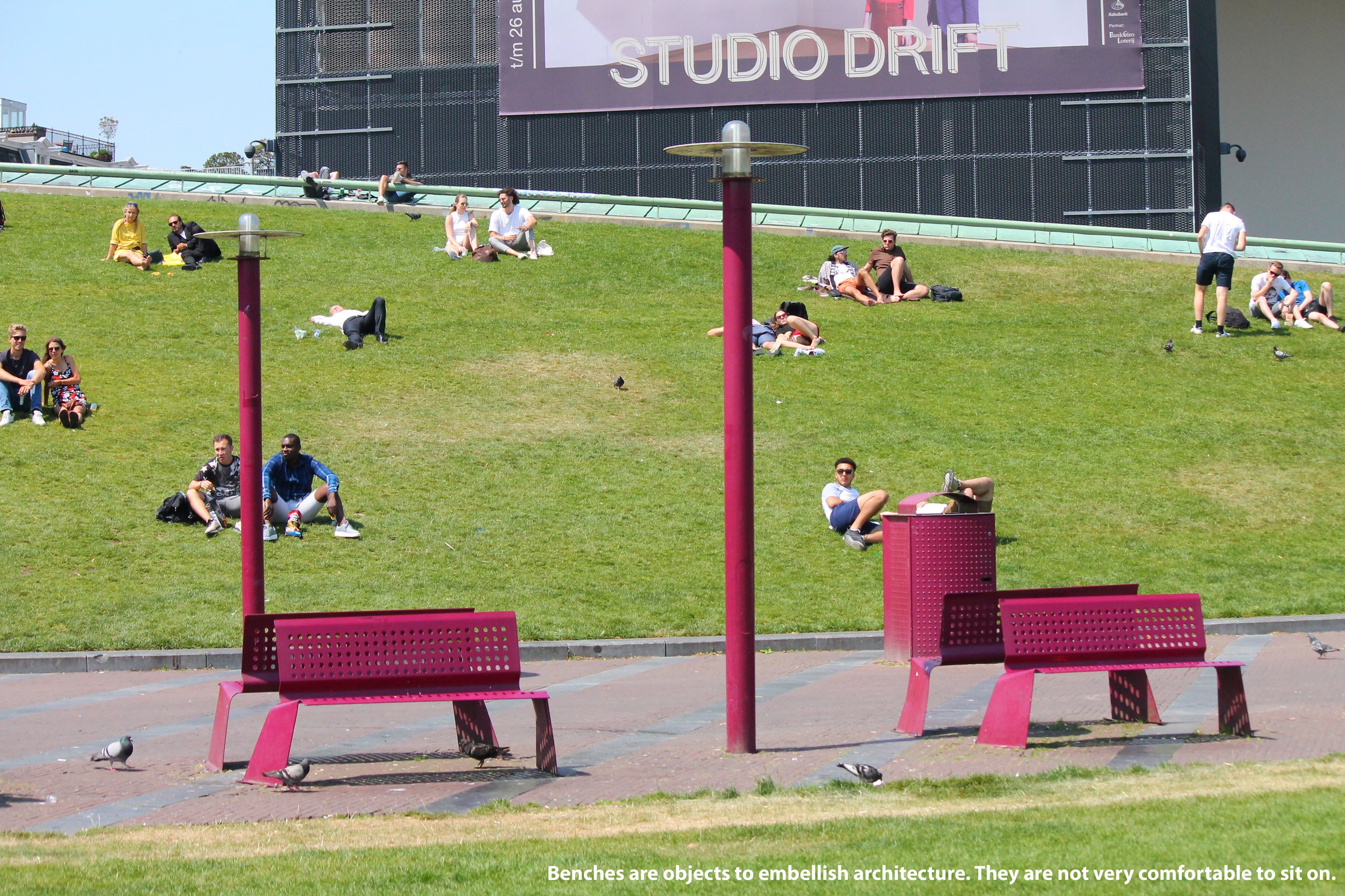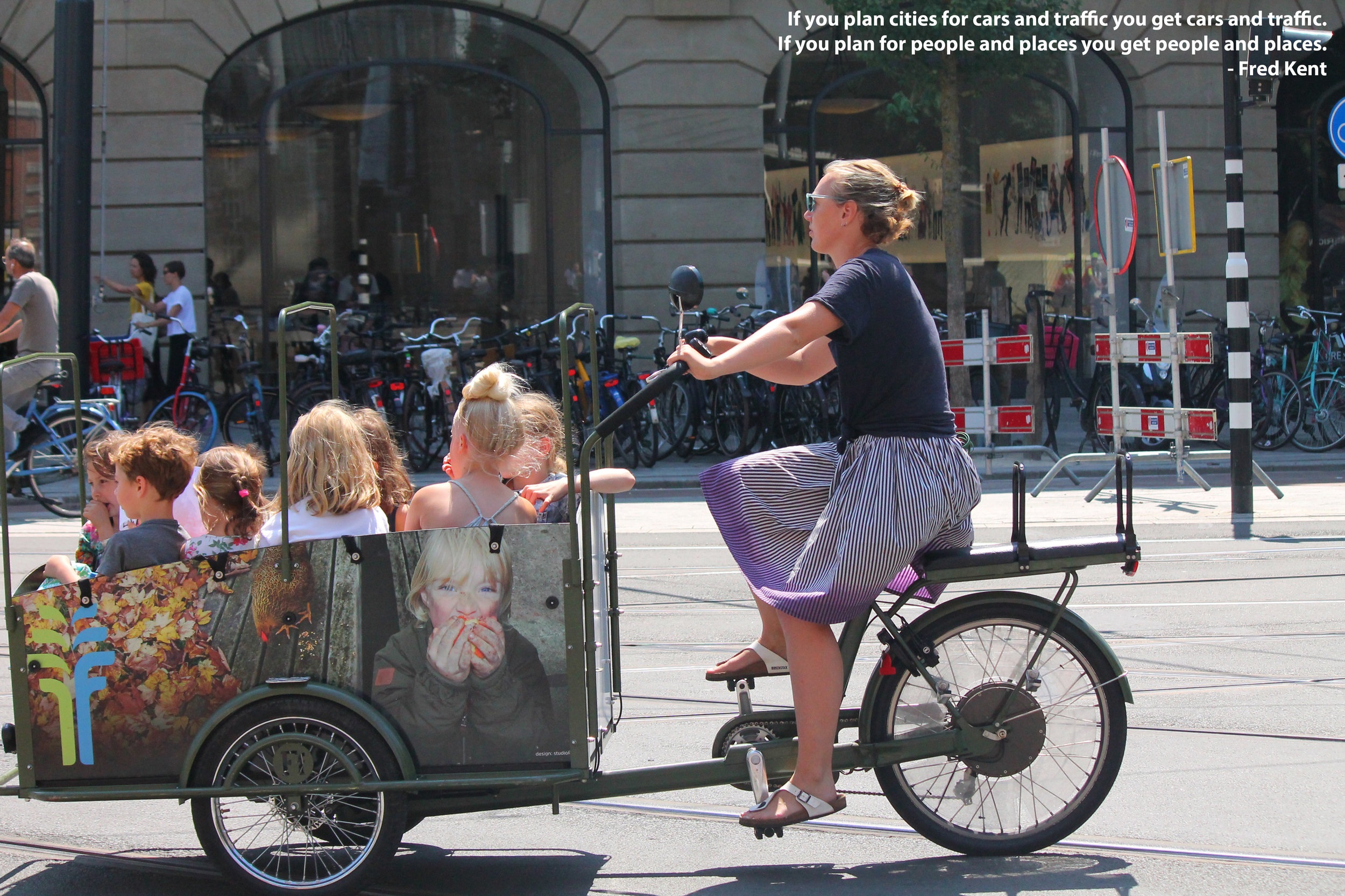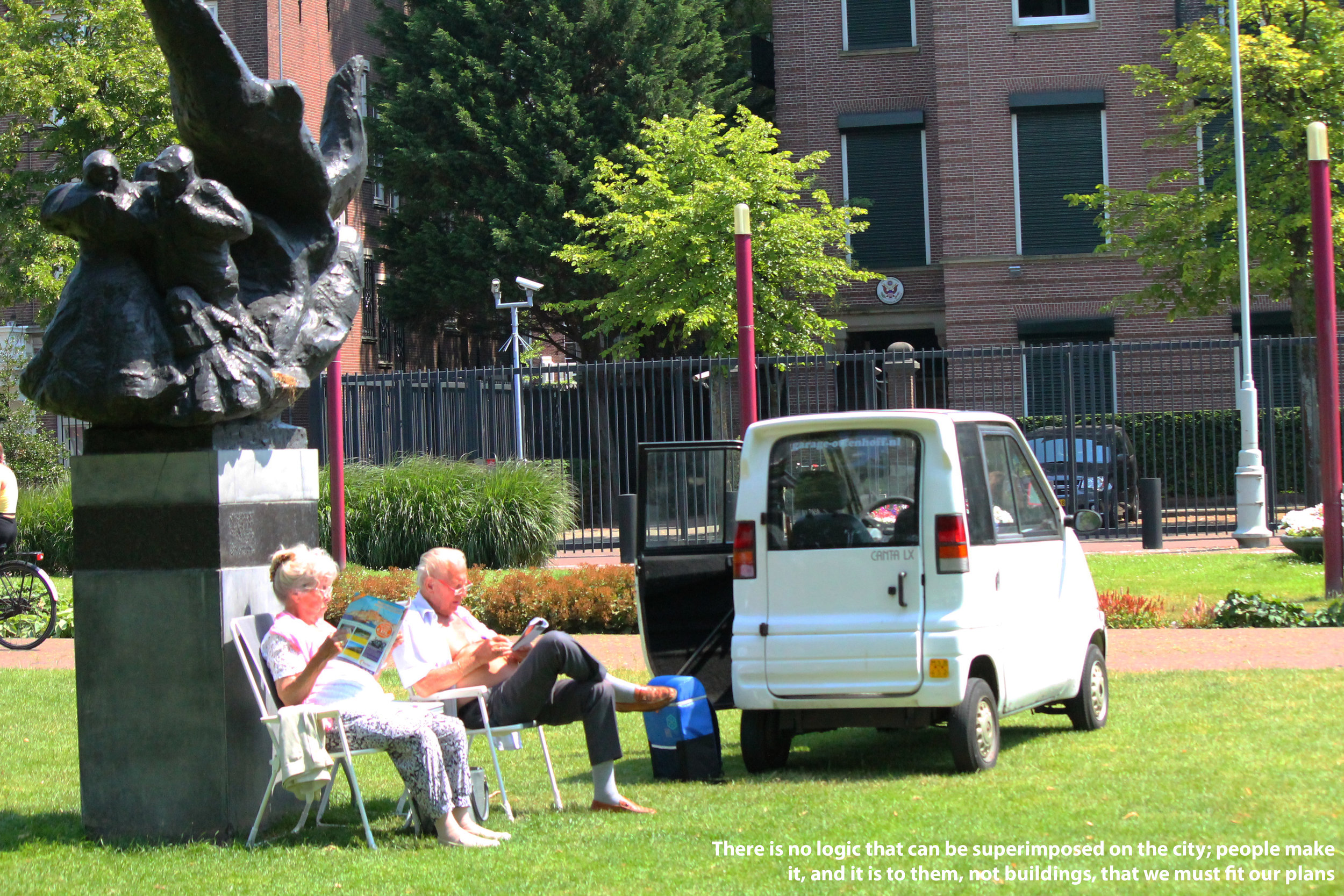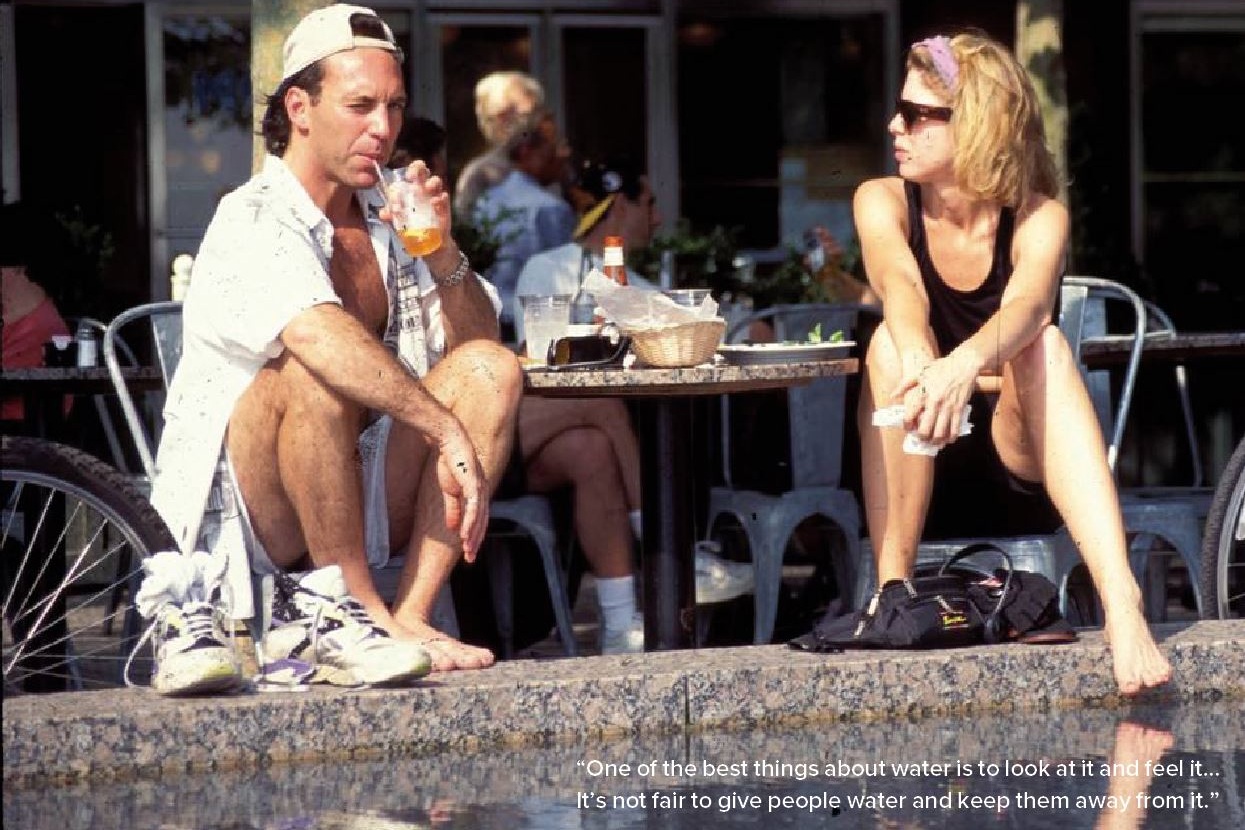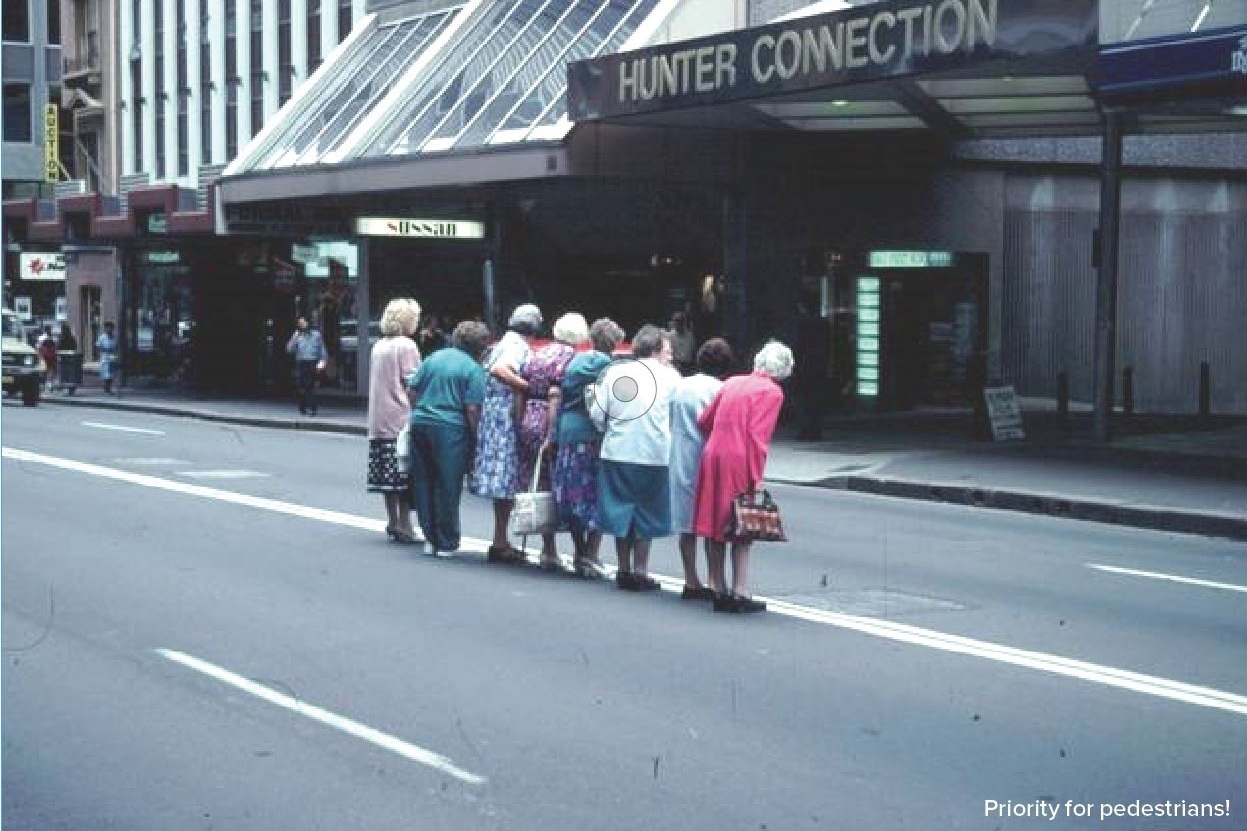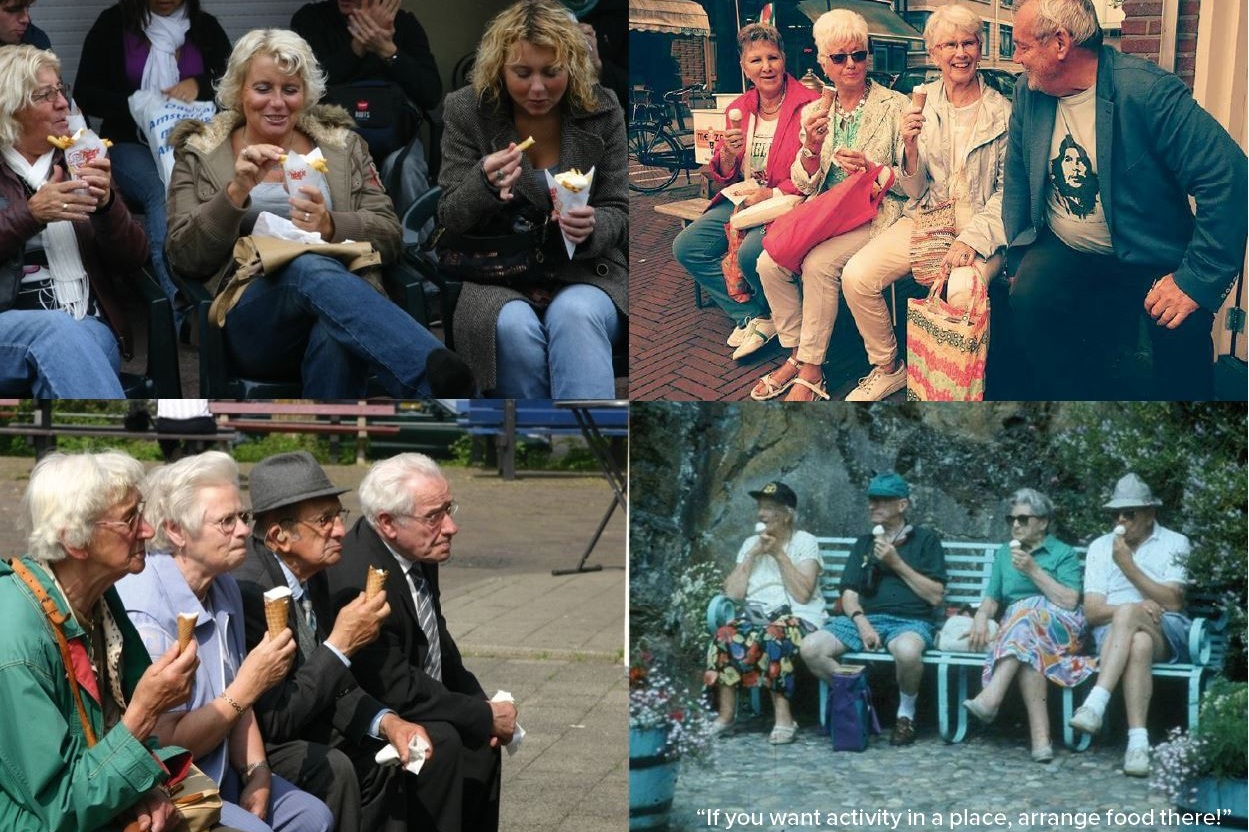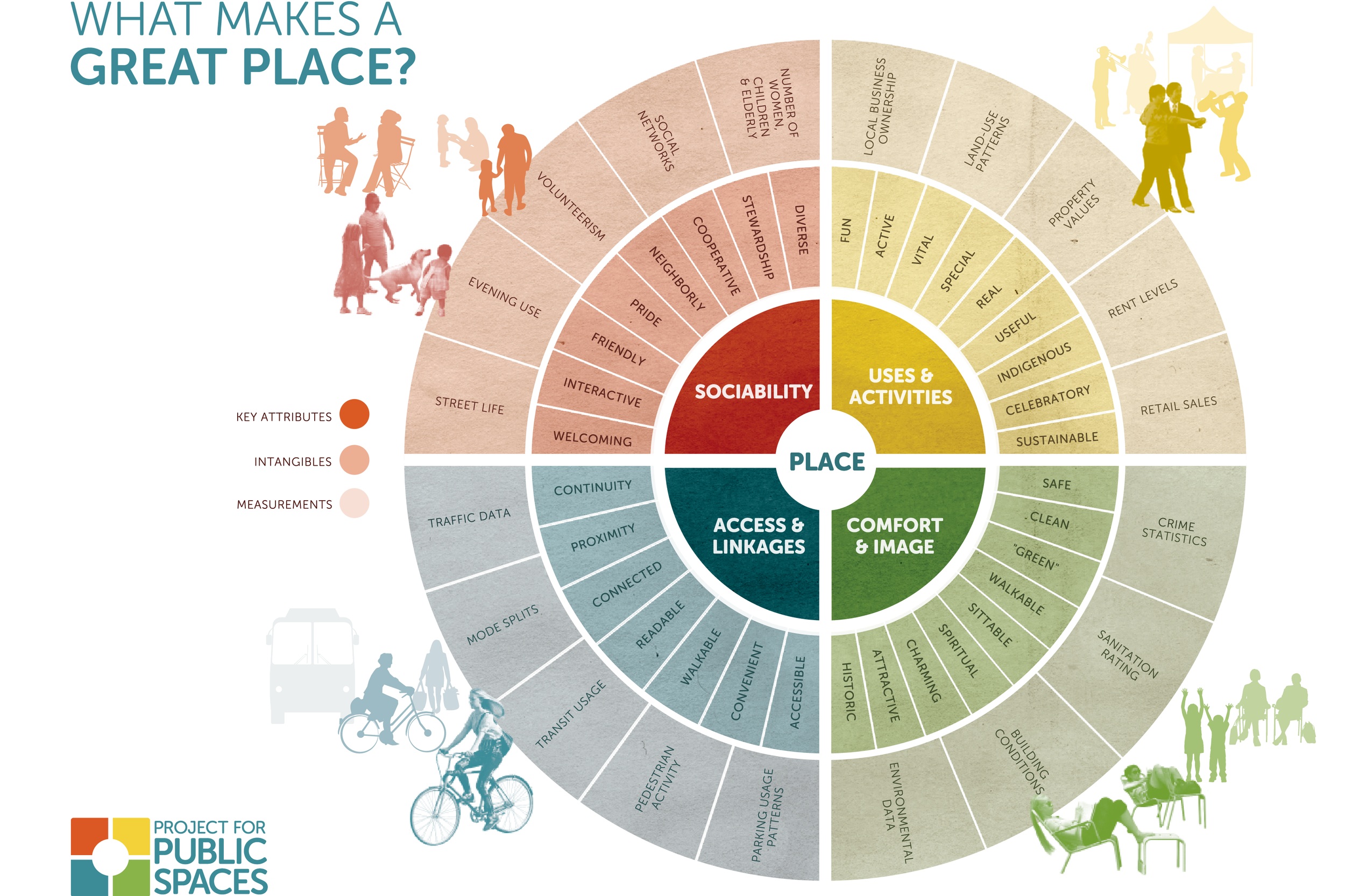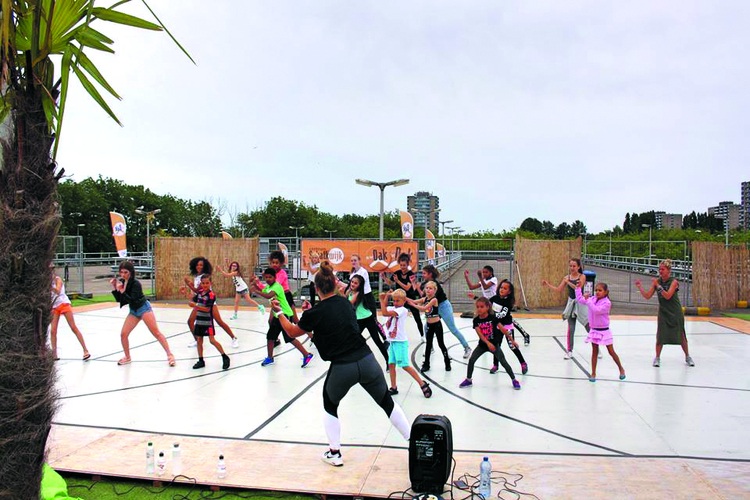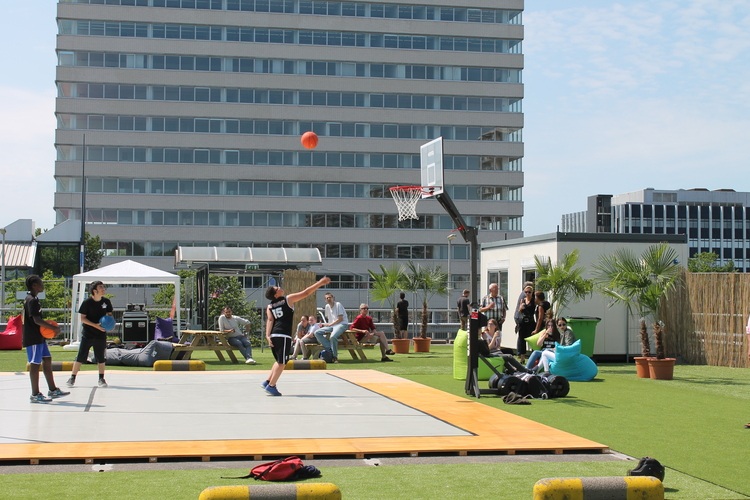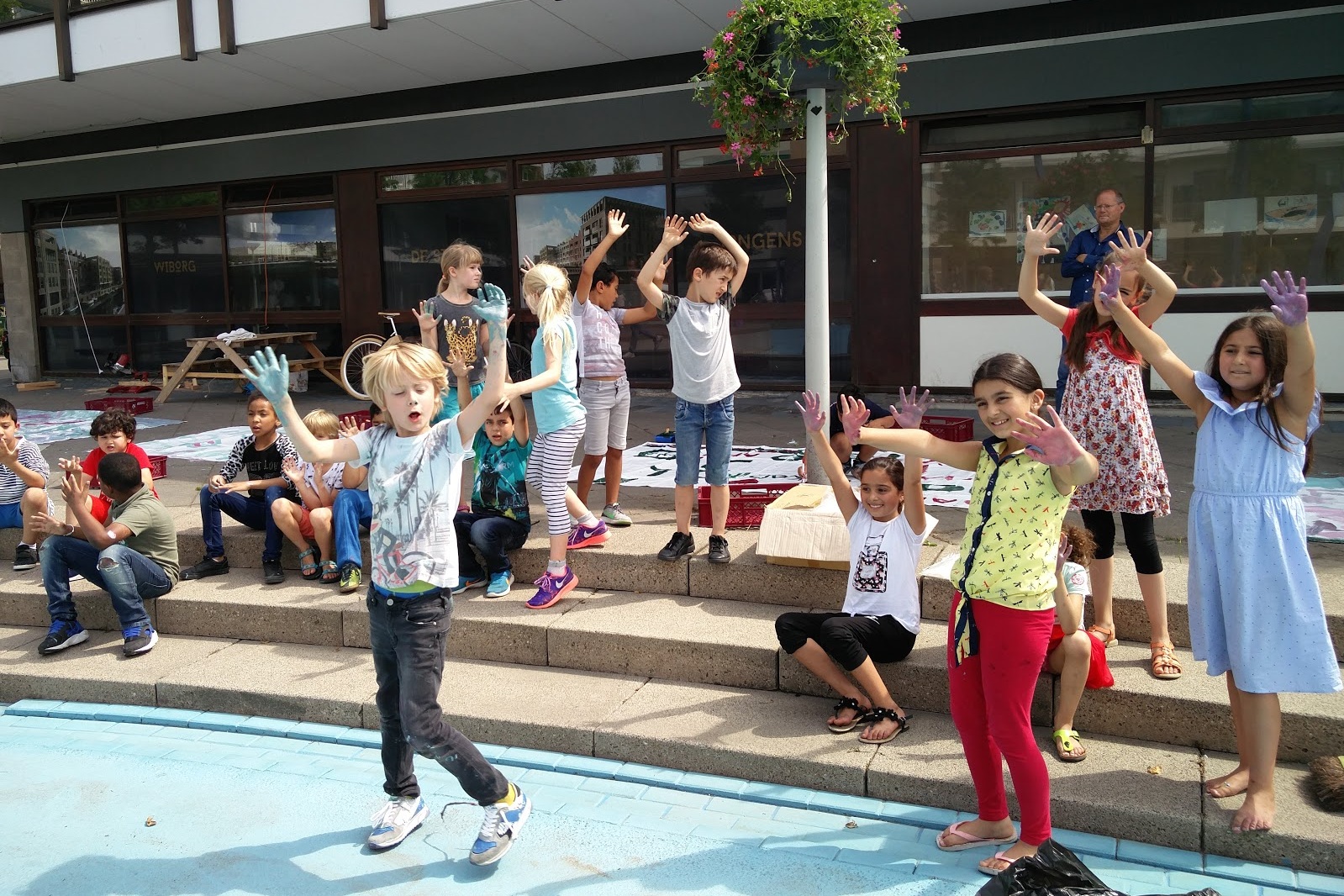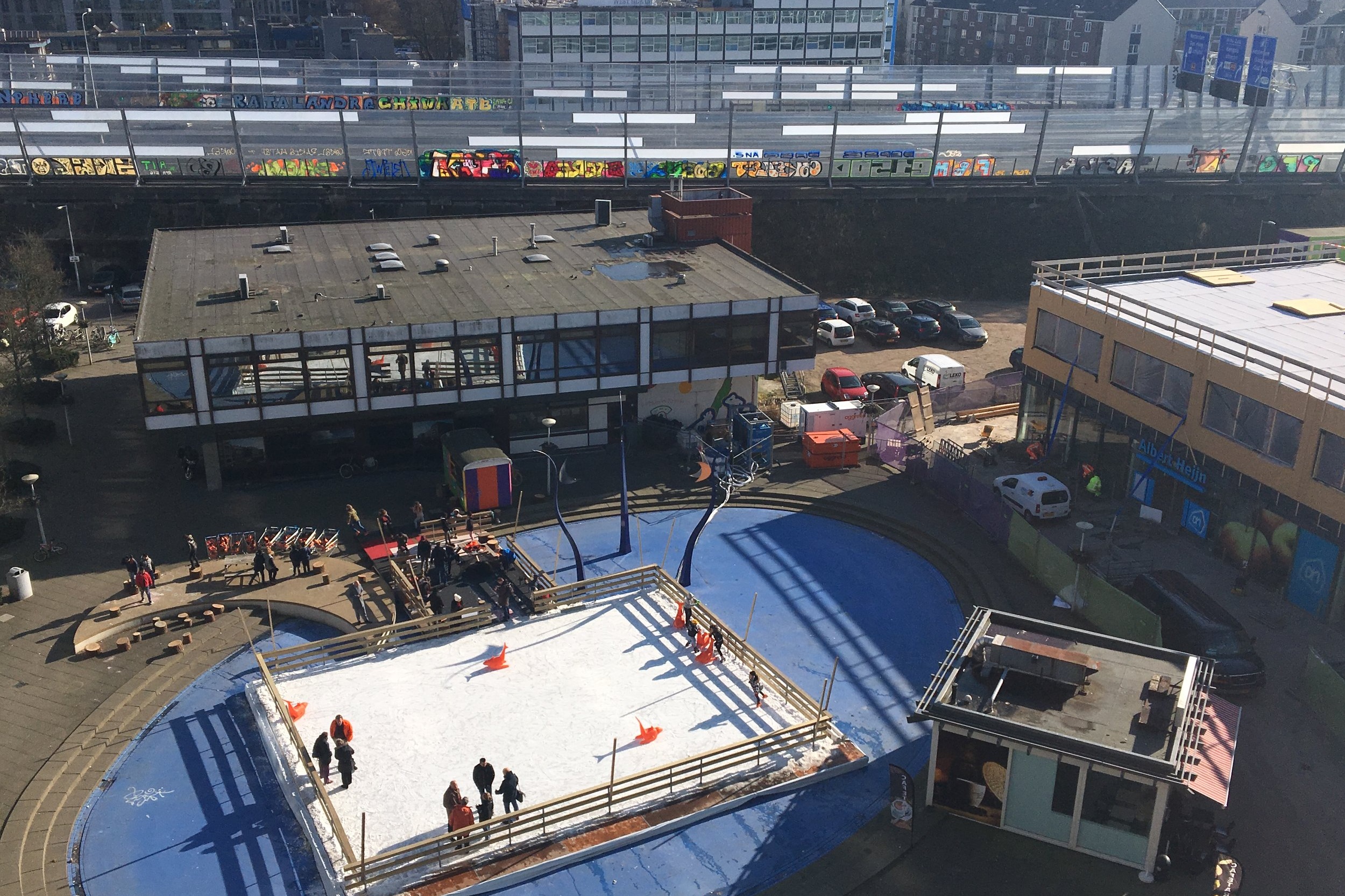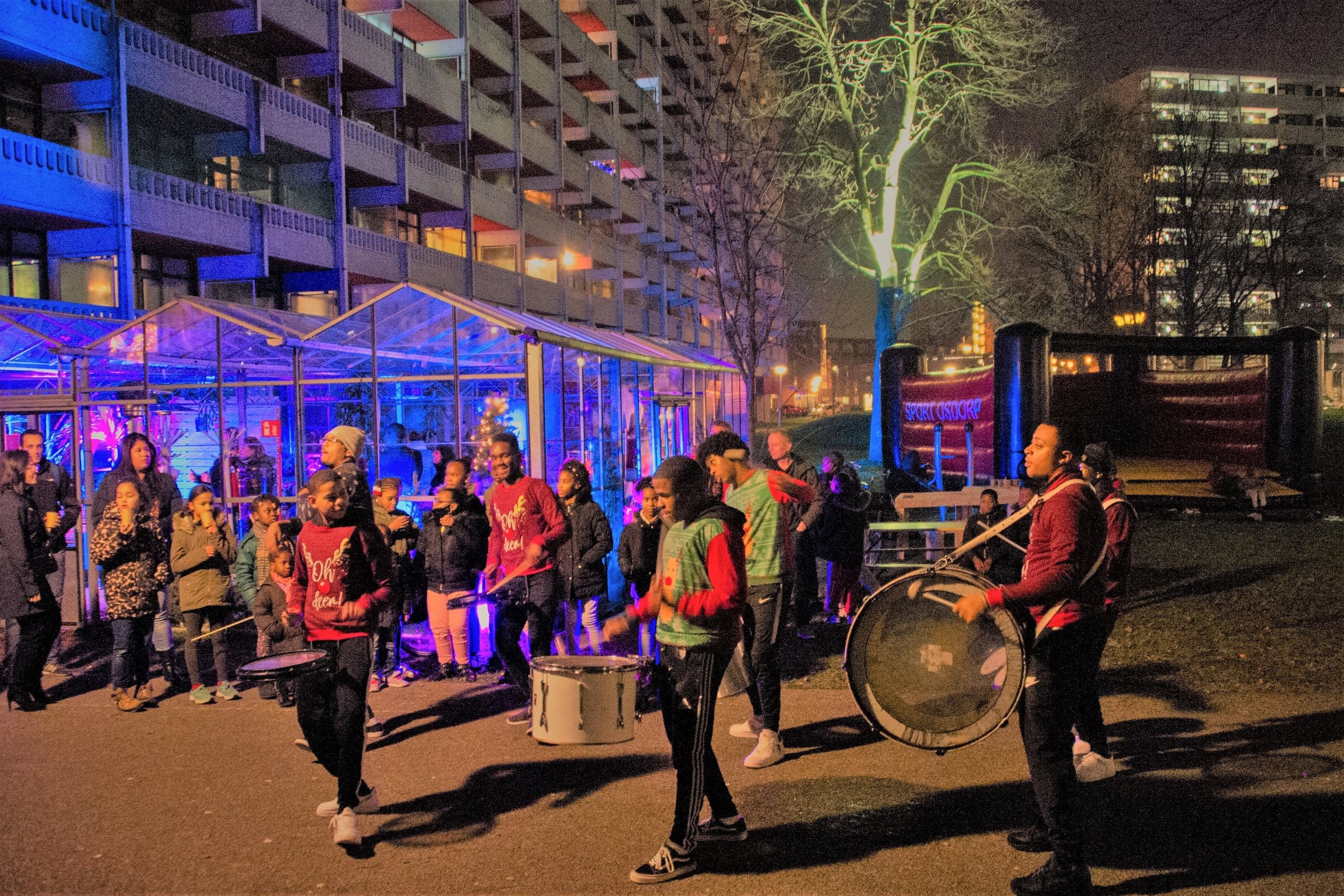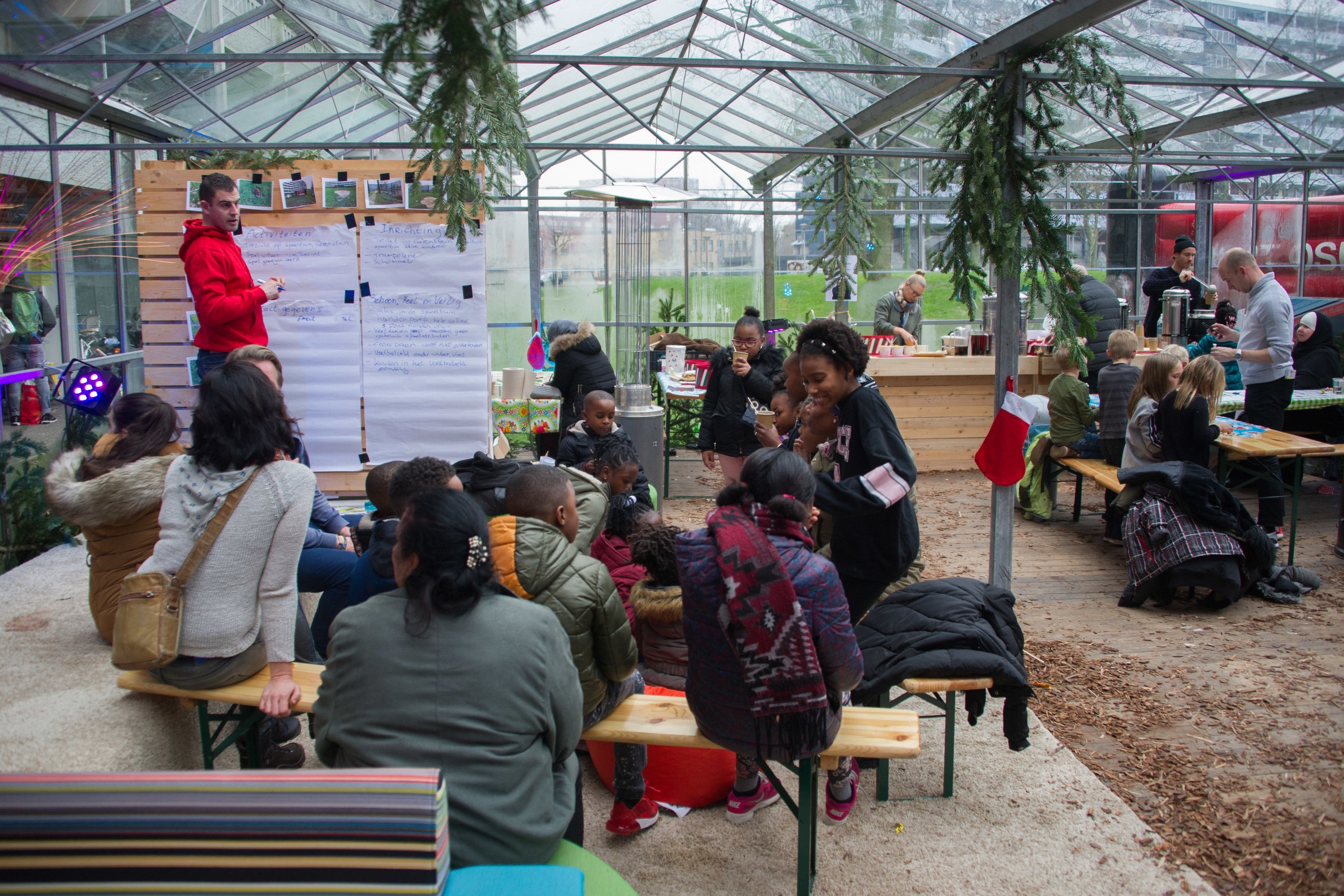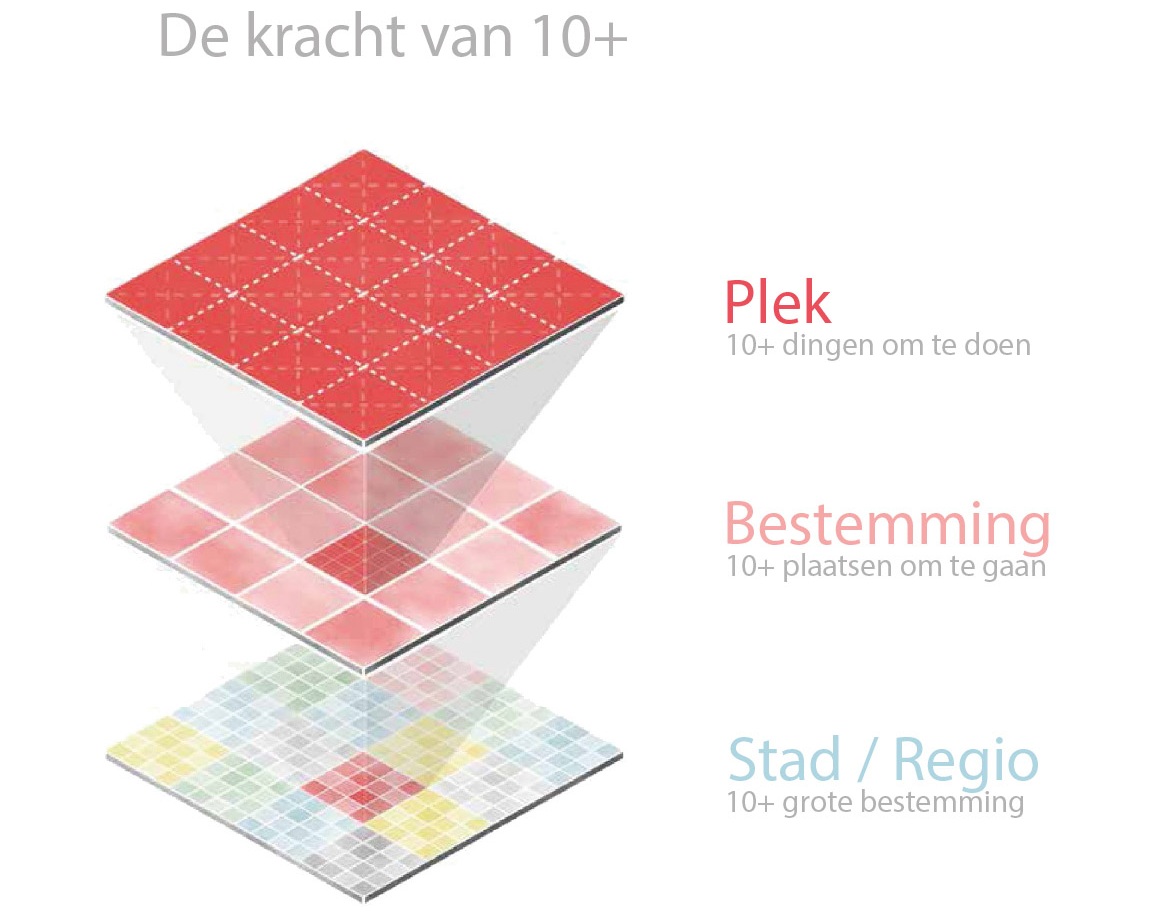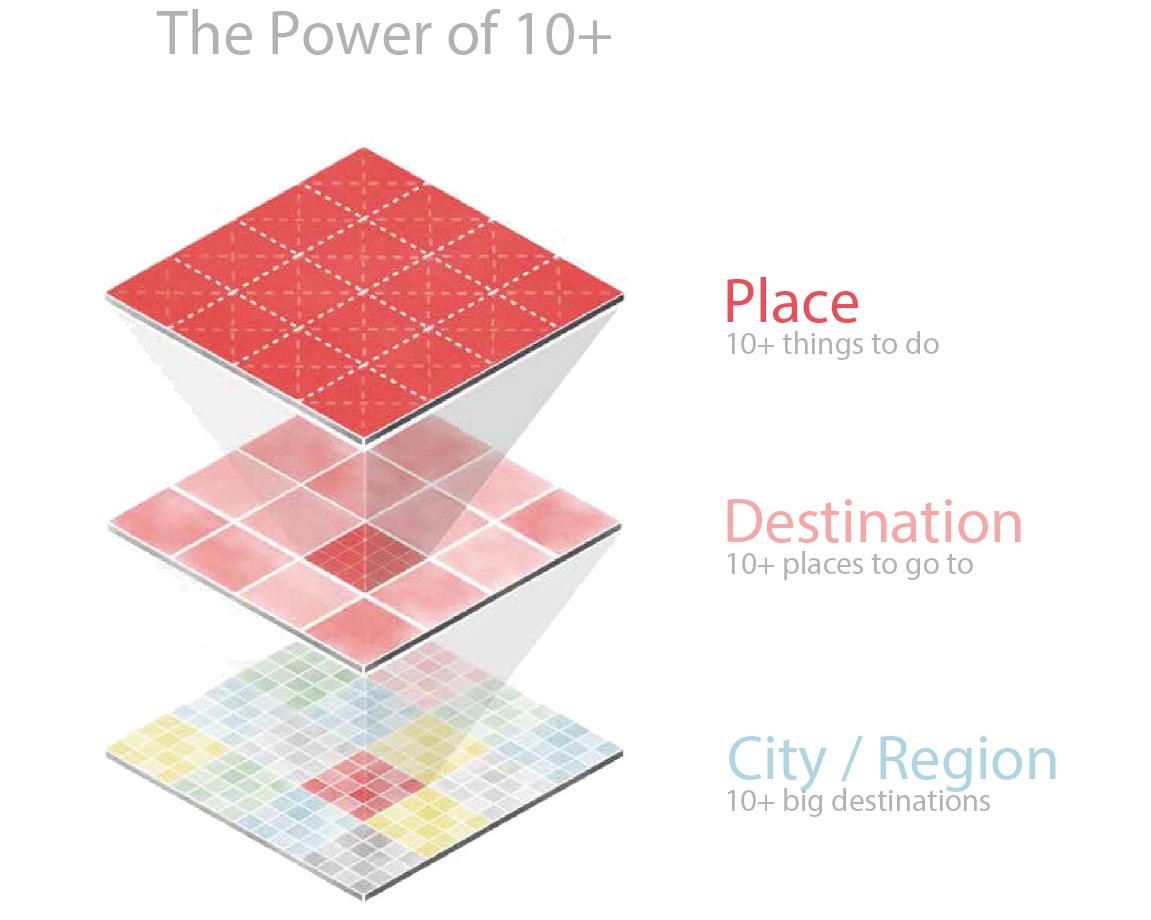Placemaking
Placemaking is an approach that originates in the United States. It is based on practical research of William H. (Holly) Whyte and Jane Jacobs, put into practice by Fred Kent and Kathy Madden from the Project for Public Spaces. PPS.org has become well-known from the case of Bryant Park, New York and since then the organisation is active all over the world. The text here is inspired from Project for Public Spaces
Placemaking always begins with the community and the users. Placemaking does not have a determined final image; it begins by doing small interventions (quick wins). Users begin to organise and provoke new interventions. You're just never done.
Placemaking Plus uses the methods of PPS. We can help you to get started. Our knowledge and experience are the tools and the community is the expert.
"Placemaking is turning a public space from a place you can't wait to get through, to one you never want to leave." PPS.
Lighter, Quicker, Cheaper
There is growing momentum to get “back to the basics” of what makes cities thrive. Many of the most effective and immediate solutions are lighter, quicker, and cheaper than traditional top-down approaches to improving cities.
The quality of a public space has always been best defined by the people who use it. The growing success of “Lighter, Quicker, Cheaper” (LQC) projects all over the world is proof that expensive and labor-intensive initiatives are not the only, or even the most effective, ways to bring energy and life into a community’s public space. “Lighter, Quicker, Cheaper” is a phrase first used by Eric Reynolds of Urban Space Management, in order to describe the simple, short-term, and low-cost solutions that are having remarkable impacts on the shaping of neighborhoods and cities.
What is Placemaking?
Making a place is not the same as constructing a building, designing a plaza, or developing a commercial zone. As more communities engage in Placemaking and more professionals come to call their work “Placemaking,” it is important to preserve the meaning and integrity of the process. A great public space cannot be measured by its physical attributes alone; it must also serve people as a vital community resource in which function always trumps form. When people of all ages, abilities, and socio-economic backgrounds can enjoy a place and also play a key role in its creation, identity, and maintenance, that is when we see genuine Placemaking in action.
Power of 10+: Applying Placemaking at Every Scale
The Power of 10+ is a concept PPS (Project for Public Spaces) developed to evaluate and facilitate Placemaking at multiple city scales. It is a powerful tool for generating constructive conversations to identify targeted Placemaking efforts. Cities succeed or fail at the human scale – the place scale – and this scale is often overlooked. The Power of 10+ shows how paying attention to the human experience when building a city’s destinations and districts can have immediate and widespread impacts.
The idea behind this concept is that places thrive when users have a range of reasons (10+) to be there. These might include a place to sit, playgrounds to enjoy, art to touch, music to hear, food to eat, history to experience, and people to meet. Ideally, some of these activities will be unique to that particular place, reflecting the culture and history of the surrounding community. Local residents who use this space most regularly will be the best source of ideas for which uses will work best.
Further, when cities contain at least 10 of these destinations or districts, their public perception begins to shift amongst both locals and tourists, and urban centers can become better equipped for generating resilience and innovation. The layering of activities generated by the Power of 10+ model ensures that no single type of use or user dominates the space.
We have found that whenever we introduce this idea to a community, citizens quickly become more motivated to turn their places around. The Power of 10+ offers an easy framework that encourages residents and stakeholders to revitalize urban life, and it shows big things can be accomplished by starting at the smallest scale. The concept also gives people incremental and tangible goals, and it helps them to visualize, and collectively work towards, a truly great end result.
It is the role of Placemakers to encourage everyone to think about what’s special in their communities. How many quality places are located nearby, and how are they connected? Are there places that should be recognized but aren’t? Answering these questions can help residents and stakeholders determine where they need to focus their energies, both individually and collectively.

